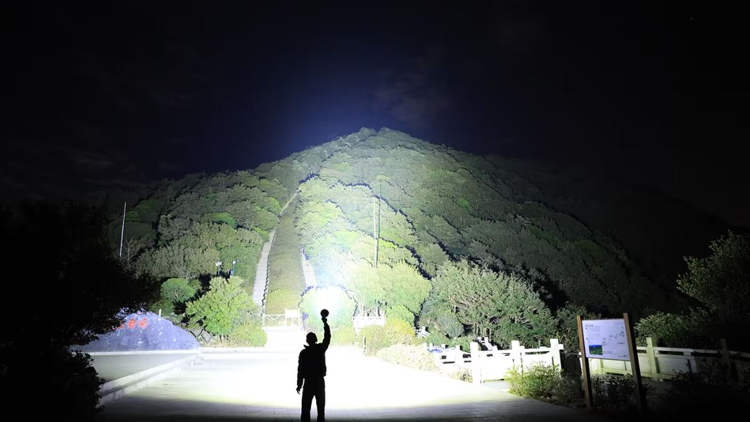Casa Xochiquetzal (The House of the Beautiful Flowers) is a retirement home for prostitutes, established in Mexico City’s Tepito neighborhood, that got it’s name from the Aztec goddess of love and women.
The center was founded in 2007 by a former prostitute, Carmen Munoz, impressed by the old sex workers she saw sleeping in the streets. And it wasn’t easy at all. It took years of lobbying for her to get the support of the government and local media. Andres Manuel Lopes Obrador, mayor at the time, gave her a dilapidated 18th century house, which she transformed into what is now home for 23 old prostitutes, with available accommodations for 45 women. They have to fulfill one condition, other than the obvious one, being a former sex worker, and that regards their age – women have to be at least 60 years old. Interestingly enough, even if they aren’t required to, many of the prostitutes choose to continue practicing their job.
In most cases, they have been sold as young girls or even as children and forced into prostitution, thereby no contact with their families has been kept. Although most of them can still work, the money is very little, compared to what younger women earn, and this makes it impossible for them to survive by themselves, so Casa Xochiquetzal comes as somewhat of a blessing.
Although they display a lot of joy and seem to have a lot of fun together, almost every one of the old prostitutes hides a trace of sadness, especially when it comes to their children who barely remember they exist, much less come to visit them at the House of the Beautiful Flowers.
This story is part of a documentary that CNN made for the launch of VICE magazine in Mexico. Bernardo Loyola, producer of this documentary, confesses he found this weird and quite “different”, but nevertheless, he was impressed by the power these women have to continue with their lives, no matter the difficulties. For him, the visit at the House of the Beautiful Flowers was a turning point that totally changed his perception of prostitution.

Read More »





















